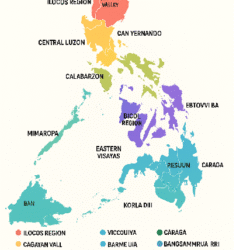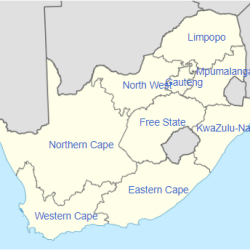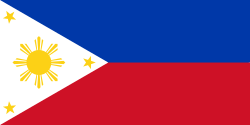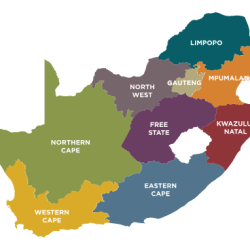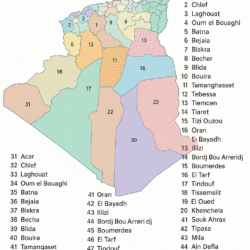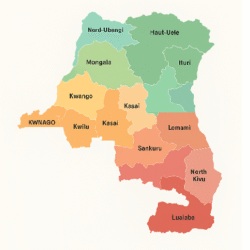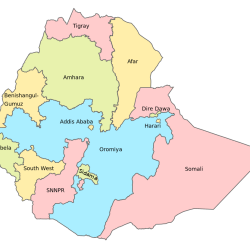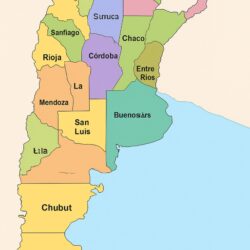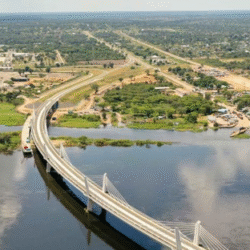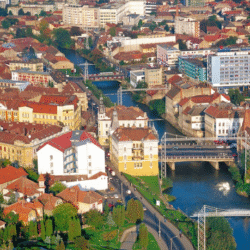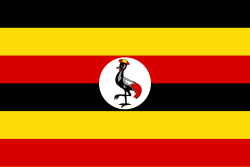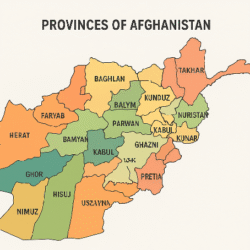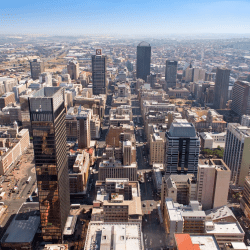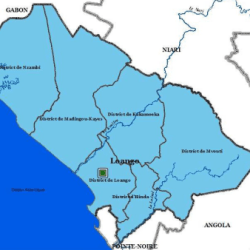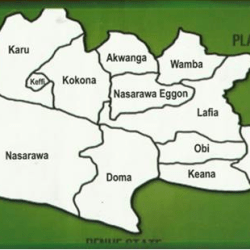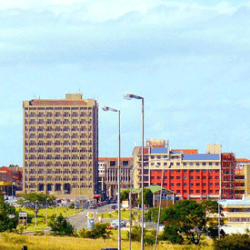Armenia, a landlocked nation in the South Caucasus, is famous for its rich history, cultural heritage, and diverse landscapes. Administratively, the country is divided into ten provinces (marzer, singular marz) along with the capital city, Yerevan, which holds a special administrative status. This structure ensures effective governance and connects local communities with the central government.
Each province (marz) has its own administrative capital and is governed by a marzpet (provincial governor), appointed by the national government. Yerevan, unlike the provinces, is headed by an elected mayor and divided into 12 districts, making it both a community and a self-governing city.
List of Armenia’s 10 provinces with their capitals + Yerevan (special administrative status):
- Aragatsotn – Capital: Ashtarak
- Ararat – Capital: Artashat
- Armavir – Capital: Armavir
- Gegharkunik – Capital: Gavar
- Kotayk – Capital: Hrazdan
- Lori – Capital: Vanadzor
- Shirak – Capital: Gyumri
- Syunik – Capital: Kapan
- Tavush – Capital: Ijevan
- Vayots Dzor – Capital: Yeghegnadzor
- Yerevan (special administrative city, not part of a province)
Let’s explore Armenia’s provinces one by one, along with their capitals, populations, and unique features.
Here’s the list of Armenia’s provinces + Yerevan, each with a one-line highlight about what it’s most famous for:
- Aragatsotn (Capital: Ashtarak) – Known for Mount Aragats, Armenia’s highest peak, and ancient monasteries.
- Ararat (Capital: Artashat) – Famous for its fertile vineyards and the iconic Khor Virap Monastery with views of Mount Ararat.
- Armavir (Capital: Armavir) – Home to Echmiadzin (Vagharshapat), the spiritual center of the Armenian Apostolic Church.
- Gegharkunik (Capital: Gavar) – Dominated by Lake Sevan, one of the largest freshwater high-altitude lakes in the world.
- Kotayk (Capital: Hrazdan) – Renowned for the Garni Temple and Geghard Monastery, major tourist attractions.
- Lori (Capital: Vanadzor) – Known for its lush forests and UNESCO sites Sanahin and Haghpat Monasteries.
- Shirak (Capital: Gyumri) – Armenia’s cultural hub, famous for its arts, crafts, and resilience after the 1988 earthquake.
- Syunik (Capital: Kapan) – A region of mountains, mines, and monasteries, home to the Wings of Tatev cable car.
- Tavush (Capital: Ijevan) – Nicknamed “Armenian Switzerland”, with dense forests, eco-tourism, and border significance.
- Vayots Dzor (Capital: Yeghegnadzor) – Known as Armenia’s wine country, home to the world’s oldest known winery (Areni Cave).
- Yerevan (Special City) – The capital and largest city, center of Armenia’s politics, culture, and economy.
Aragatsotn Province
- Capital: Ashtarak
- Area: 2,756 km²
- Population (2022): 128,941
Aragatsotn, meaning “the foot of Aragats,” sits at the base of Mount Aragats, the highest peak in Armenia. The province is known for its monasteries, historical fortresses, and breathtaking mountain views. Agriculture, particularly grain farming and fruit cultivation, plays a vital role in its economy.
Ararat Province
- Capital: Artashat
- Area: 2,090 km²
- Population (2022): 248,982
Named after the legendary Mount Ararat, this province is one of the most fertile regions in Armenia. Its vineyards and orchards make it the country’s wine and brandy hub. The Khor Virap Monastery, a pilgrimage site with panoramic views of Ararat, is located here.
Armavir Province
- Capital: Armavir
- Area: 1,242 km²
- Population (2022): 253,493
Armavir is rich in history and is home to Echmiadzin (Vagharshapat), the spiritual center of the Armenian Apostolic Church and a UNESCO World Heritage site. Agriculture dominates the local economy, with large areas devoted to vineyards, fruits, and vegetables.
Gegharkunik Province
- Capital: Gavar
- Area: 5,349 km²
- Population (2022): 209,669
Gegharkunik is the largest province by area and is famous for Lake Sevan, one of the largest freshwater high-altitude lakes in the world. The province thrives on fishing, tourism, and agriculture. Sevanavank Monastery, perched on a peninsula, is one of Armenia’s iconic landmarks.
Kotayk Province
- Capital: Hrazdan
- Area: 2,086 km²
- Population (2022): 269,883
Kotayk is a vibrant province known for its tourism and industry. The Garni Temple, the only Greco-Roman colonnaded temple in the former Soviet Union, and the Geghard Monastery, carved into rock, are major attractions. It also hosts several industrial plants, including mineral water and construction materials.
Lori Province
- Capital: Vanadzor
- Area: 3,799 km²
- Population (2022): 222,805
Lori boasts lush forests, mountains, and cultural treasures. The Sanahin and Haghpat Monasteries, both UNESCO World Heritage sites, highlight its importance in medieval Armenian scholarship. Agriculture and light industry dominate its economy.
Shirak Province
- Capital: Gyumri
- Area: 2,680 km²
- Population (2022): 235,484
Shirak is home to Gyumri, Armenia’s second-largest city, known for its rich culture and artistic heritage. The region was devastated by the 1988 Spitak earthquake, but has shown remarkable resilience. Agriculture, dairy farming, and handicrafts are key contributors to its economy.
Syunik Province
- Capital: Kapan
- Area: 4,506 km²
- Population (2022): 114,488
Located in southern Armenia, Syunik is a province of strategic importance as it borders Iran. It is mountainous, rich in minerals, and home to the Tatev Monastery and the world’s longest reversible cable car, the Wings of Tatev. Mining and tourism play major economic roles here.
Tavush Province
- Capital: Ijevan
- Area: 2,704 km²
- Population (2022): 114,940
Bordering Georgia and Azerbaijan, Tavush is famous for its dense forests, rivers, and monasteries. It is sometimes called the “Armenian Switzerland” for its natural beauty. Tavush also produces wine, fruits, and honey, making it a hub of agriculture and eco-tourism.
Vayots Dzor Province
- Capital: Yeghegnadzor
- Area: 2,308 km²
- Population (2022): 47,369
Vayots Dzor, though the least populated province, is the heart of Armenian winemaking. The region hosts the world’s oldest known winery, discovered in Areni Cave. Today, the Areni wine festival attracts tourists and wine lovers from across the globe.
Yerevan – The Capital and Special Status City
- Area: 223 km²
- Population (2022): 1,086,677
Yerevan, the capital and largest city, is not part of any province but holds a special administrative status. Governed by an elected mayor, it is the cultural, political, and economic center of Armenia. Yerevan is divided into 12 districts, each with semi-autonomous powers. The city is home to most of the country’s universities, industries, and national institutions.
Armenia, a country nestled in the South Caucasus, is a land of ancient history, breathtaking mountains, and vibrant traditions. Politically and administratively, the nation is divided into ten provinces, known as marzer, along with the capital city Yerevan, which holds a special status. These divisions are more than just geographic boundaries—they represent Armenia’s cultural diversity, economic activities, and demographic patterns.
Understanding the provinces of Armenia is crucial for grasping the nation’s governance, culture, and demographics. Each province has a unique identity, from fertile valleys and vineyards to high mountain ranges and historic towns.
Administrative Structure of Armenia
Role of Provinces (Marzer)
Armenia is divided into ten provinces (marzer, singular marz). Each province acts as a regional administrative unit with responsibilities in governance, infrastructure, and development.
Governance and the Marzpet
Every province is headed by a governor, known as a marzpet, who is appointed by the Government of Armenia. The marzpet ensures the implementation of national policies, oversees local governance, and coordinates between the central government and communities.
Demographic Trends Across Provinces
Armenia’s provinces have experienced population shifts due to urbanization and emigration. Yerevan attracts the majority of the population, while rural provinces have seen declines. Despite this, rural areas remain crucial for agriculture, heritage preservation, and eco-tourism.
Comparison Table of Provinces of Armenia
| Province | Capital | Area (km²) | Population 2022 |
|---|---|---|---|
| Aragatsotn | Ashtarak | 2,756 | 128,941 |
| Ararat | Artashat | 2,090 | 248,982 |
| Armavir | Armavir | 1,242 | 253,493 |
| Gegharkunik | Gavar | 5,349 | 209,669 |
| Kotayk | Hrazdan | 2,086 | 269,883 |
| Lori | Vanadzor | 3,799 | 222,805 |
| Shirak | Gyumri | 2,680 | 235,484 |
| Syunik | Kapan | 4,506 | 114,488 |
| Tavush | Ijevan | 2,704 | 114,940 |
| Vayots Dzor | Yeghegnadzor | 2,308 | 47,369 |
| Yerevan | – | 223 | 1,086,677 |
FAQs About Provinces of Armenia
Q1. How many provinces does Armenia have?
Armenia has 10 provinces (marzer) plus the capital city Yerevan, which holds a separate administrative status.
Q2. Which is the largest province of Armenia by area?
Gegharkunik is the largest, covering 5,349 km², mainly due to Lake Sevan.
Q3. Which province has the highest population?
Excluding Yerevan, Kotayk Province had the highest 2022 population with 269,883 residents.
Q4. Which province is known for wine production?
Vayots Dzor Province, home to the Areni wine region, is Armenia’s winemaking hub.
Q5. What makes Yerevan different from other provinces?
Yerevan is a special administrative unit governed by an elected mayor, while provinces are run by appointed governors.
Q6. Which province borders Iran?
Syunik Province shares a border with Iran, making it strategically significant.
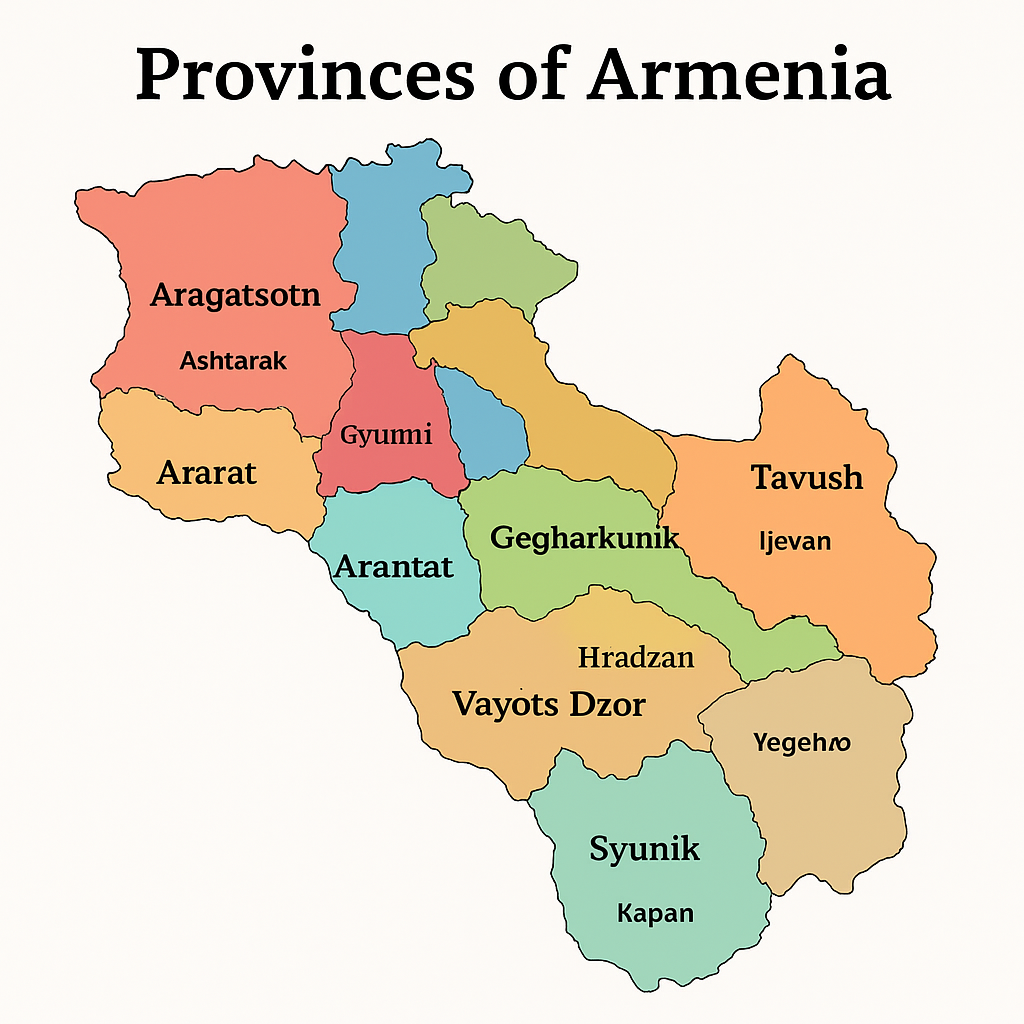
Understanding the Provinces
The provinces of Armenia reflect the country’s geographic diversity, cultural heritage, and economic potential. From the sacred peaks of Aragatsotn to the fertile vineyards of Ararat, and from the tranquil waters of Lake Sevan in Gegharkunik to the historic monasteries of Lori, every province has its unique story.
Together, these provinces not only ensure administrative order but also preserve Armenia’s identity as one of the world’s oldest nations. Whether you’re exploring tourism, history, or demographics, understanding Armenia’s provinces is key to appreciating this remarkable country.
